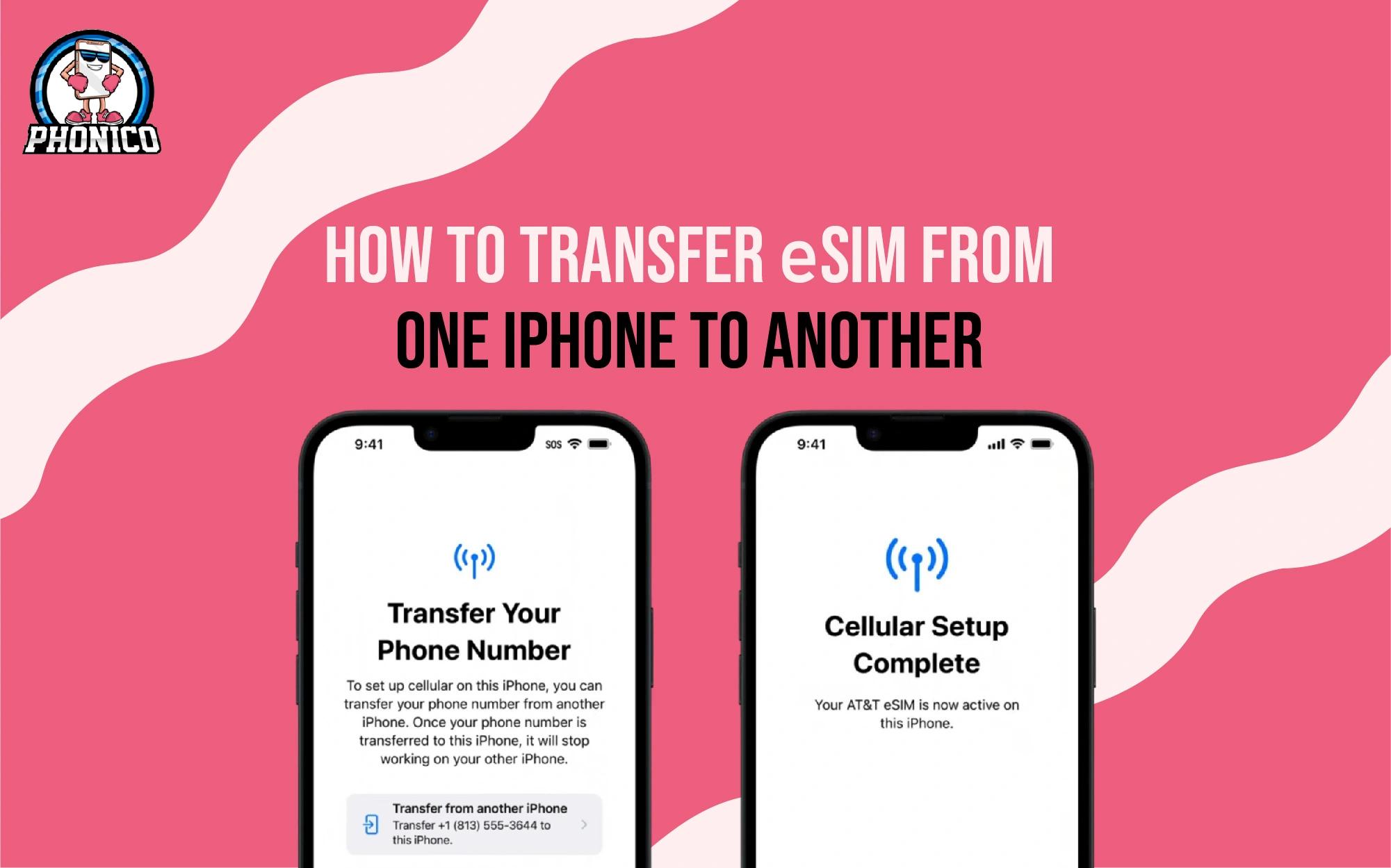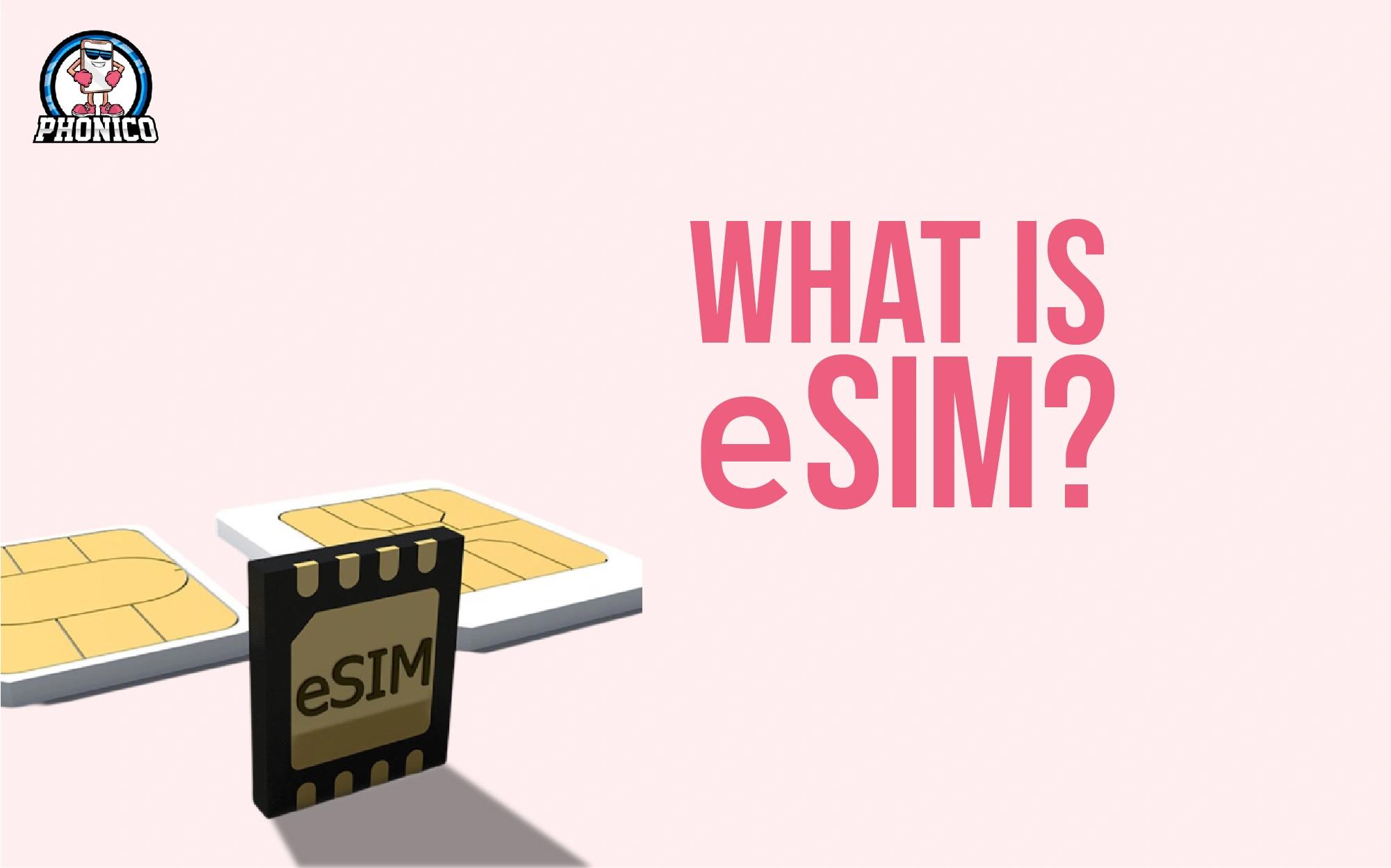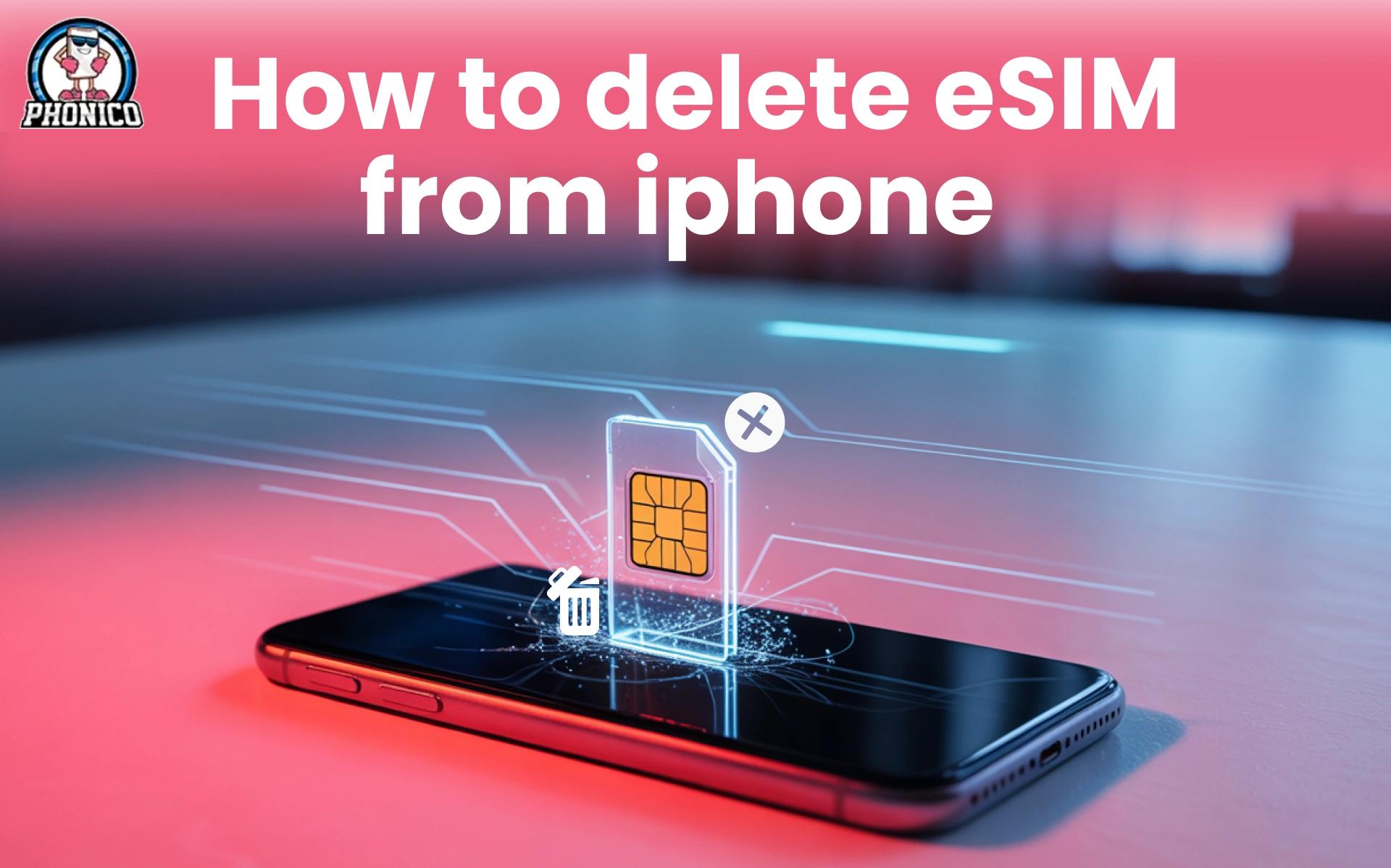How to Fix eSIM Connectivity Issues on iOS Devices?
People buy iOS devices with a standard image of their performance in mind. However, they can become frustrated when they encounter eSIM connectivity issues, such as failed activations or network dropouts. So, What to do to fix eSIM connectivity issues on iOS devices?
I know how irritating it can be to lose connectivity on your top-notch device. To end this struggle, I have gathered some quick fixes and advanced troubleshooting solutions. These will resolve your problems and restore seamless connectivity on your favourite device.
What are the Common eSIM Connectivity Problems on iOS Devices?
To know more about how to solve problems, first, you should know what the problems are. The following are the most common eSIM connectivity problems with iOS devices:
- eSIM Activation Failure - You will see error messages and a QR code not accepting issues.
- No Service or Weak Signal - eSIM activated but not connecting to the network.
- Cellular Data Not Working - eSIM is activated, but no Internet connection.
- eSIM Disappears After an iOS Update - Your eSIM is removed or not responding.
- Carrier Restrictions and Compatibility Issues - There are carrier limitations, or some carriers do not support eSIMs.
- Roaming Problems - No connectivity in other countries.
What are the Quick Fixes for eSIM Issues on iOS Devices?
For a quick fix, the following are the solutions to fix eSIM connectivity issues on iOS devices:
Restart Your Device
It's a universal hack of electronic devices that restarts a device, refreshes network connections and solves minor glitches. To restart your iOS device, you need to:
- Tap Settings
- Tap General> Shut Down.
- Power on the device after 30 seconds.
Toggle Airplane Mode
Sometimes, the connectivity issue of eSIM halts due to not responding to the carrier network. Turning Airplane mode on and then off might fix the problem. Here’s what to do:
- Turn on Airplane mode for 30 seconds.
- Turn it off again.
This process will refresh your network connection and help resolve the signal problem.
Check eSIM Activation Status
You can check the eSIM status on your device to find out what actually is the issue. For this, you need to:
- Tap Settings> Cellular
- Check the Status to see if it is active.
- If not active, you need to reinstall your eSIM profile.
Update Carrier Settings
The update is important for the device to keep it functional all the time. You need to:
- Tap Settings> General> About
- Check for any updates and install them.
Manually Select a Network
If you are facing no connectivity issues for eSIM, try the manual selection of a network. You need to:
- Tap Settings> Cellular> Network Selection> Turn Off Automatic
- Select carrier network manually.
Verify Internet and APN Settings
Sometimes, APN (access point name) settings are automatically set by the carrier, but there are chances of incorrect APN settings that can prevent mobile data from working. To resolve this:
- Tap Settings> Cellular> Cellular Data Network
- Update the settings according to carrier guidance.
Ensure iOS is Up-to-date
Software updates are highly recommended for eSIM workings. Ignoring them could lead to connectivity issues because outdated versions of iOS do not let eSIM work perfectly. You need to:
- Tap Settings> General
- Check for Software Update and Install it.
Advanced Troubleshooting: Fix eSIM Not Connecting to the Network
Situations can become more frustrating when quick fixes can't solve the problem. So, I have researched some advanced troubleshooting tips that might fix the eSIM connection issues on your iOS devices:
Remove & Install eSIM Profile
- Tap Settings> Cellular
- Tap on your eSIM> Remove eSIM
- Approach your carrier for a fresh QR Code and reinstall the eSIM.
Reset Network Settings
- Tap Settings> General
- Transfer or Reset iPhone> Reset> Reset Network Settings.
- All your network settings will be reset without deleting anything.
Check Device Model for eSIM Compatibility
Not all iOS devices support eSIM. Only the compatible models work with eSIMs, like:
- iPhone XR, XS, XS Max, 11, 12, 13, 14, 15, 16 (all variants)
- Models older than these are not eSIM-compatible
Contact Your Carrier for Reprovisioning
After following all these quick and advanced solutions for eSIM issues, if you are still having problems, contact your carrier support to have your eSIM profile re-provisioned.
Try an Alternative eSIM Provider!
If the issues still prevail, try another carrier's eSIM service to see if your issues are resolved. You can buy Phonico eSIMs with cheap rates and better connectivity options.
Preventing Future eSIM Connectivity Problems
Taking preventive steps is wise to prevent future problems. You should:
- Maintain a backup of your eSIM QR Code.
- Steer clear of iOS beta updates.
- Check carrier coverage at your travel destinations.
- Use a device equipped with dual-SIM capability.
Conclusion
eSIM is an ideal invention for travellers, but the connectivity issues drag to frustration, leaving them helpless. After reading this blog, you have learned enough to tackle all sorts of issues by following the quick fixes or advanced troubleshooting tips. To avoid such issues and enjoy a seamless connectivity experience, try Phonico eSIM.
FAQs
Why does my eSIM keep disconnecting?
There could be several reasons for this, such as a weak carrier signal or incorrect APN settings. Resetting your device's network settings can resolve this issue.
Can I reinstall my eSIM if deleted?
Yes, you can reinstall an eSIM once it has been deleted, but it depends on your carrier's policy. Contact support and see if they offer a new QR code.
How do I fix the eSIM not working after an iOS update?
To connect, you need to reset your network settings and update your carrier settings. If this does not work, contact carrier support.







